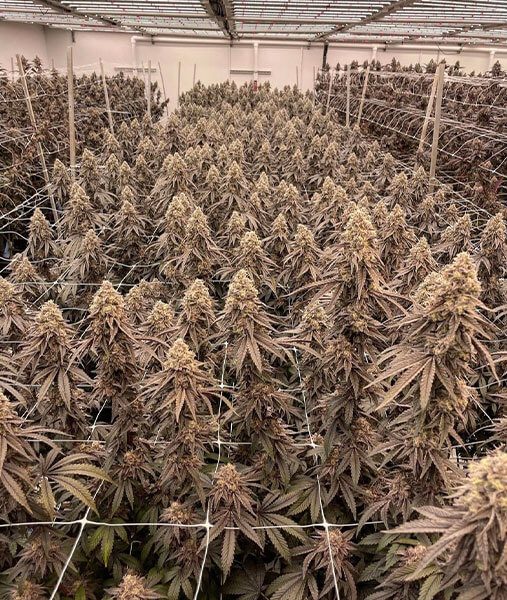
A Beginner’s Guide to Growing Cannabis Plants at Home.
Legalities of Growing Cannabis Plants at Home
In terms of legalities, it is important to abide by the laws of your state and always consult with legal professionals before engaging in any activities related to cannabis. In New York and New Jersey, adults over the age of 21 can grow up to 12 plants per household for personal use. However, it’s always a good idea to stay informed about any changes to the laws and regulations regarding cannabis.
Step 1: Choosing the Right Location
To ensure that your cannabis plants grow well, it’s important to find a suitable location. Firstly, you should choose a well-ventilated area to provide fresh air for your plants. Secondly, your plants will need access to sunlight, so you should choose a location that receives a lot of natural light. Finally, it’s important to keep your plants secure from theft or prying eyes.
Step 2: Choosing the Right Strain
The strain of cannabis that you choose will have a significant impact on the final product. Therefore, it’s important to research different strains and choose the one that best suits your needs and preferences. Some strains are better for medicinal purposes, while others are better for recreational use.
Step 3: Choosing the Right Growing Medium
There are different types of growing mediums that you can use to grow cannabis plants. Soil is the most common medium for beginners as it is easy to manage. However, hydroponics is also an option if you have more experience.
Step 4: Buying Good Quality Seeds
The quality of your seeds will determine the quality of your plants. Therefore, it’s important to buy good quality seeds from a reputable source. Look for seeds that are fresh and have a high germination rate.
Step 5: Germinating the Seeds
The first step to growing cannabis plants is germinating the seeds. There are different methods to germinate seeds, including preparing the seedling tray, using the glass of water method, or setting up the germination kit. Whichever method you choose, make sure to keep your seeds warm and moist.
Step 6: Planting the Seeds
Once your seeds have sprouted, it’s time to plant them in the growing medium of your choice. You will need to water your plants regularly and add nutrients as necessary. It’s important to monitor the growth of your plants and look for signs of common problems such as pests or nutrient deficiencies.
Step 7: Monitoring the Growth of the Plants
Monitoring the growth of your plants is important to ensure that they are healthy and growing well. Look out for common pests such as spider mites, aphids, and thrips. Diseases such as powdery mildew, bud rot, and root rot can also be detrimental. Nutrient deficiencies such as nitrogen, phosphorus, and potassium deficiency can also affect your plants. Addressing these problems early can help prevent them from becoming serious issues.
Step 8: Providing Proper Lighting
Cannabis plants require a lot of light to grow properly. You may choose between HID and LED lamps, and may need to calculate the right wattage for your plants and adjust the height of your lights accordingly. It’s important to provide your plants with the right amount of light at the right time to ensure that they grow properly.
Step 9: Providing Proper Ventilation
Proper ventilation is important to prevent mold and mildew growth and to ensure that your plants have access to fresh air. You may choose between passive and active ventilation, and may need to install your ventilation system and use carbon filters to control odor. Proper ventilation can also help regulate the temperature and humidity levels in your growing area.
Step 10: Harvesting the Plants
When your plants have reached maturity, it’s time to harvest them. This involves trimming your plants, drying them out using hang drying or drying racks, and curing them using jar curing or brown bag curing. Proper harvesting, drying, and curing can help improve the flavor, aroma, and potency of your cannabis.
Additional Tips for Growing Cannabis Plants at Home
In addition to the steps outlined above, there are some additional tips that can help you grow healthy and potent cannabis plants. Starting with a small number of plants, investing in quality equipment, taking notes, being patient, and using natural pest control methods are all effective strategies.
Conclusion
Growing cannabis plants at home can be a rewarding and enjoyable experience. With the right tools and knowledge, you can create your own personal stash of high-quality cannabis that you can use for your own consumption. Just make sure to always follow the laws of your state and consult legal professionals before engaging in any activities related to cannabis. In conclusion, happy growing!

